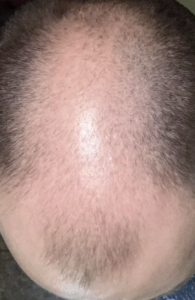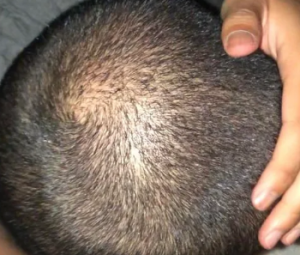So I started seeing thinning around my 18th bday, I put off treatment as there was no history of MPB in my family and I was iron deficient. After a biopsy it was confirmed to be MPB. I started a regime of Min and was all well until 8 months in I started to shed, I thought this was due to hair cycles. After I realised it was to aggressive to be the case I added Finasteride in Dec 2020. I have seen some regrowth but I feel this is mainly due to Fin as I have experienced no shedding from min as I did originally. I am 22 and although I know I won’t have a full head of hair, something to work with would be nice. Adding micro needling in the last few weeks is hopefully going to help with that. I would just like to ask those more experienced in this area if it would be right to start considering a HT for a few years time or is the Fin progress seen after 6 months going to progress and get better. Any help would be greatly appreciated.
Take a look at your family history to try to guess what your final balding pattern would be. Ask each of your balding relatives, what they looked like at your age. Then get to see a doctor who can quantify your donor supply and your hair mass index to find out what can be done in the future if you get a hair transplant. I call this a Personalized Master Plan and you have done well so far. The picture shown in this post is what you must try to guess: https://baldingblog.com/need-master-plan-think-hair-transplants-photos/. Then with a great surgeon at your side, plan the timing of a surgery




